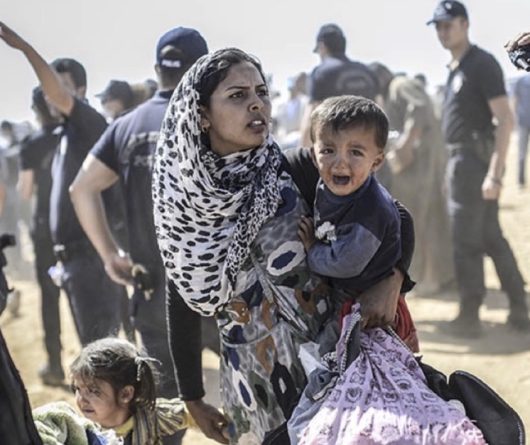Women and children. These comprise most international refugees seeking relief and asylum – more refugees than at any time since the end of WWII. Rohingya people expelled from Miramar, Syrians uprooted by ISIS, Africans in-flight from Al-Shabaab and Boko Haram, and central Americans fleeing armed gangs. Most refugees enter another developing country – locales with few existing resources and already fragile infrastructures.
What can you and I do on behalf of such people? First, stay informed. Follow a trustworthy news source that tracks the plight of refugees. Second, look for opportunities in your home city to assist. Relocated refugees benefit from help with language skills, driver education, and aid with enrolling their children in school. Third, increase your knowledge of refugee care. Master, for example, your understanding of the four recognized phases: the pre-emergency/mitigation phase, emergency relief phase, post-emergency/maintenance phase, and the resolution/repatriation phase. Throughout these phases, refugee care leaders must attend to complex issues over security, dependency, mental health, location of settlements, and host-refugee relations.
International Refugee Care, an INMED Professional Certificate Course, began just this week. This comprehensive online class is 10 weeks of structured learning, and earns 2 hours of academic credit towards the Master’s Degree in International Health (MIH). Moreover, it will prepare you for effective service on behalf of refugees at home or with an esteemed international organization like the United Nations High Commission for Refugees.

